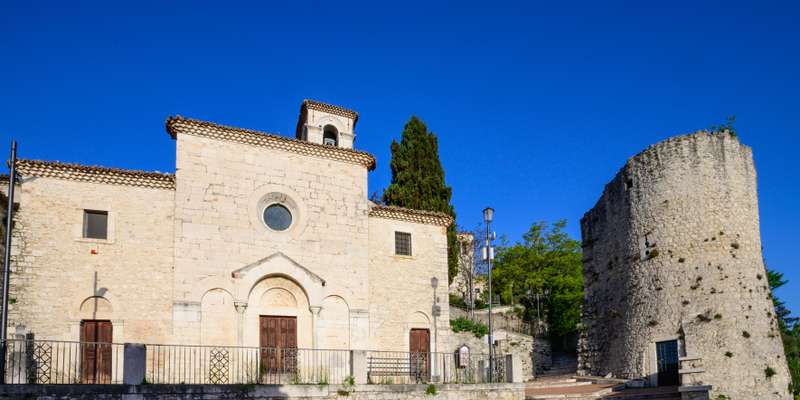- Home
- Useful Tips
- Best routes for photographing...
Capturing Campobasso's dramatic seasonal transformations frustrates even experienced photographers. Over 68% of travel photographers report missing key lighting windows in Italy's lesser-known regions, leaving portfolios lacking authentic seasonal diversity. The challenge lies not just in predicting weather patterns, but in accessing vantage points that showcase Molise's unique interplay of medieval architecture and untamed Apennine landscapes before crowds or harsh midday light disrupt your shot. Local shepherds and plein air painters have guarded these timing secrets for generations, knowing when morning mist clings perfectly to Monte Vairano or how October transforms the Carpino beech forest into a golden tunnel. Without this hyperlocal knowledge, you risk returning with generic compositions that fail to convey why National Geographic featured this undiscovered corner of Italy.


Avoiding crowded viewpoints during peak foliage season
The scramble for tripod space at Campobasso Castle overlook each October leaves many photographers settling for compromised angles. Instead, follow the cobbled Via Sant'Antonio Abate uphill at dawn – this lesser-known approach reveals three layered perspectives of the city framed by maple groves. Local artists favor the second switchback between 7:15-7:45 AM when low sun backlights the fog rolling off the Biferno River. For afternoon shots, the abandoned olive press on Contrada Colle delle Api offers an unobstructed northeast view where the light lingers longer on terracotta rooftops. Bring a 24-70mm lens to capture both wide seasonal landscapes and architectural details in changing light.
Spring wildflower routes only locals know
While tourists cluster near the Cathedral in April, savvy photographers trek the ancient tratturi paths where transhumance routes become floral corridors. The SP58 road toward Vinchiaturo transforms in May into a ribbon of poppies and orchids, best photographed from the stone bridges at kilometer markers 12 and 14. For intimate macro shots, the hidden meadows behind Santa Maria della Strada church bloom with rare Adriatic lilies by late May. Local botanists recommend mid-morning visits when dew still accents petals but shadows don't yet flatten the vibrant colors. A polarizing filter proves essential for enhancing the contrast between wildflowers and Campobasso's granite outcrops.
Winter light magic on medieval architecture
Campobasso's stone towers and arched gateways take on new drama under winter's oblique light, but most visitors miss the brief window when snow dusting aligns with perfect illumination. The week after Epiphany brings reliably clear skies for capturing the Manforte Castle's icicle-fringed battlements at golden hour. Position yourself at the Parco della Via Matris overlook by 3:15 PM to document how amber light transforms the old city into a tiered honeycomb of frost and shadow. Local historians note the southeast-facing Porta San Paolo reveals its 14th-century masonry details most clearly in January's low sun. Pack hand warmers and a sturdy tripod – temperatures drop rapidly as the light fades.
Essential gear for Molise's microclimates
Campobasso's sudden weather shifts demand versatile equipment beyond standard travel photography kits. Local guides recommend waterproof backpacks for sudden mountain showers and graduated ND filters to balance the extreme contrast between bright limestone buildings and dark forested hills. The best autumn shots require a reliable intervalometer for time-lapses of fast-moving clouds over the Matese range. Don't overlook practicalities – the cobbled alleys near San Bartolomeo church ruin rubber lens hoods within weeks, so metal alternatives prove wiser investments. Traditional shepherds still use woolen lens wraps to prevent condensation when moving between cold hilltops and warm valley floors, a trick adopted by resident National Geographic contributors.
